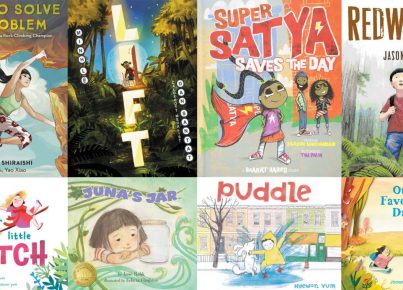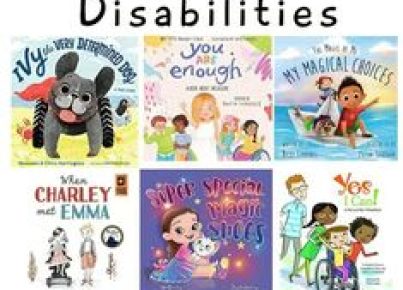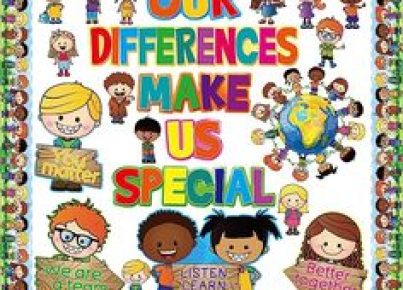Ever since the events of 9/11, Americans haven’t been able to separate themselves from the “all Muslims are terrorists” trope. As a matter of fact, our country has become increasingly Islamophic since then. Islamaphobia is the hatred of, prejudice against, or fear of Muslims or the Islamic religion. In some ways, Islamophics assume that all Muslims are terrorists or support terrorism. While it is true that some Muslims fit this characterization, the majority of them are anti-terrorists and denounce acts of terrorism.
Challenging Islamophia with education
With Islamophobia being so ingrained in the American psyche, how do we challenge this practice? The best way to do this is through education. This means that we need our K-12 teachers and education administrators to lead the charge. This is obviously problematic because educators as a whole are just as Islamophic as the general public. However, educators can be swayed through re-education activities.
Before you start getting bent out of shape, let me clarify. When forced to confront the truth about Islamophia, educator’s logic and sense of professional ethics can be used to recenter their beliefs about Muslims. Also, educators can use this information to educate parents that may be outraged because their children are being taught that not all Muslims are terrorists or a threat to our democracy. They will be doubly upset if this runs counter to what they are teaching their children at home. Once parents have been swayed, you can move on to the teaching and learning portion.
Many of the teaching and learning resources about Islam tend to focus on increasing students knowledge of religious texts, beliefs, and rituals as opposed to confronting the root causes of Islamophobia. This is not the best way to tackle the issue. The most effective way to confront Islamophobia is by placing Islam in a context that Americans can relate to. One way to do this is to discuss the shared cultural and religious history of Islam and Christianity, which is the most practiced religion in the United States.
As a teacher, you don’t need a degree in Islamic studies, as there is no need to delve too deeply into the faith and practice of the Islamic religion. All you need is an internet connection, and a desire to learn. From there, you can find or create a lesson plan or an entire unit plan that forces your students to rethink what they know about Islam and the history of Muslims living in America. Once it becomes clear that Islam is a is a religion of peace, you will discover an ugly truth, Islamaphobia a practice that is rooted in America’s history of fear and racism.
Conclusion
As I have laid out in this article, the only way to confront Islamophobia is through education. We hope this article gave you some ideas for how you can use knowledge to challenge Islamophia in your classroom and community. Below we have listed some lesson plans that can get you started.
Resources
Black Muslims in the United States: An Introductory Activity




